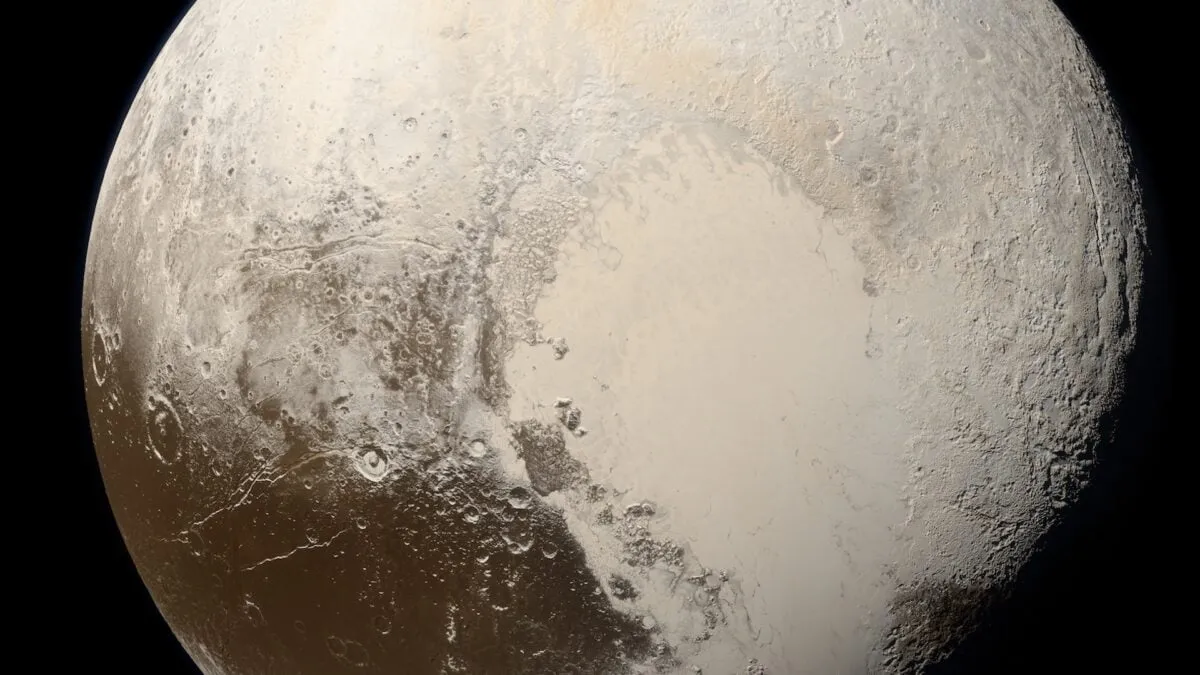
On July 14, 2015, NASA's New Horizons spacecraft made history by flying past Pluto, providing humanity with unprecedented close-up views of this complex, icy world. As NASA celebrates the 10th anniversary of this iconic mission, the space agency faces a pressing challenge: a significant lack of funding that threatens to bring the historic New Horizons mission to an abrupt end. Despite still returning valuable data from the far reaches of the solar system, the future of this extraordinary probe hangs in the balance.
The White House's budget proposal, released in May, reveals a $6 billion reduction in NASA's upcoming budget compared to 2025. This drastic change means that NASA's planetary science budget would plummet from $2.7 billion to $1.9 billion. Such a severe funding cut could jeopardize dozens of active and planned missions, including the critically important New Horizons mission.
Launched on January 19, 2006, New Horizons traveled an astonishing 9 billion miles in just nine and a half years to become the first spacecraft to reach Pluto. The challenges faced by the mission were not only technical; they also included a long-standing struggle for approval. According to The Planetary Society, members of the space community fought for nearly 20 years for the green light on this mission, as earlier NASA missions to Pluto were considered too costly.
At various points, New Horizons was nearly canceled due to budgetary conflicts. In 2002, the White House attempted to terminate the mission after development had already begun, but a robust public backlash compelled Congress to intervene and restore funding.
Despite its tumultuous beginnings, New Horizons is now celebrated as one of the most successful planetary missions ever conducted. Following its flyby, the mission revealed that Pluto and its moons are far more intricate than scientists initially believed. Among its remarkable discoveries were images of a giant, heart-shaped icy plain, possibly covering a subsurface ocean, and evidence of cryovolcanoes, suggesting that Pluto is geologically active rather than merely a frozen relic.
New Horizons also delved into the enigmatic moons of Pluto, which exhibit chaotic rotations, further illustrating the complexities of this distant region. Beyond Pluto, the spacecraft continues its exploration of the outer solar system, shedding light on mysterious planets and smaller celestial objects.
In January 2019, New Horizons achieved another milestone by conducting the most distant flyby of a Kuiper Belt object, exploring Arrokoth, a frozen remnant from the early solar system. This double-lobed object provided insight into the building blocks of planetary formation. The successful flyby of Arrokoth earned New Horizons a mission extension, allowing it to continue its groundbreaking work until it exits the Kuiper Belt in 2029.
“The New Horizons mission has a unique position in our solar system to answer important questions about our heliosphere and provide extraordinary opportunities for multidisciplinary science for NASA and the scientific community,” remarked Nicola Fox, associate administrator for NASA’s Science Mission Directorate.
New Horizons currently has enough fuel for another flyby of a Kuiper Belt object, and mission teams are actively searching for the next potential target. However, if the proposed budget cuts are approved, the New Horizons mission could be turned off prematurely, cutting short years of valuable data collection.
Currently, New Horizons is the third most distant human-built object from Earth, trailing only behind Voyager 1 and Voyager 2. It would take years for another spacecraft to reach such distances. “We’re the only spacecraft out there,” stated Alan Stern, principal investigator for New Horizons. “There’s nothing else planned to come this way.”
As we reflect on the achievements of New Horizons and its contributions to planetary science, the urgent need for funding becomes clear. To ensure that we do not lose out on years of crucial data from the outer solar system, it is vital for the scientific community and the public to advocate for the continued support of this extraordinary mission.